国家卫健委:要求各地设立“黄码医院”
时讯
4月29日,国务院新闻办公室举行新闻发布会,介绍坚持“动态清零”做好疫情防控工作有关情况。
▌全国疫情呈波动下降趋势
国家卫健委副主任李斌表示,目前,吉林及其他多地聚集性疫情得到有效控制,上海清零攻坚战初见成效,全国疫情呈波动下降趋势。
▌我国防疫为何不可“躺平”?
从国际上看,一些国家选择了所谓的“躺平”,他们是两种免疫状况并存。一是通过自然免疫,也就是群体免疫,让人群自然感染,已经有比较多的民众感染了新冠病毒。另一个方面,他们也通过主动接种疫苗来获得主动免疫。
我国是一个人口大国,地区发展不平衡,医疗资源总体不足,资源配置也不平衡,“一老一小”疫苗接种率总体上还不够高,面对新冠肺炎疫情的反复冲击,如果采取与病毒共存的所谓“躺平”策略,医疗卫生资源将会面临严重挤兑风险,大量有基础病的患者、老年人、儿童、孕妇等人群的身体健康将会受到威胁。同时,对经济社会发展也会产生严重冲击。在这种情况下,我们必须坚持“动态清零”总方针,坚持我们的策略和措施不动摇。
As China has a very large population, different degrees of regional development and shortages of medical resources, the overall vaccination rates among seniors and children are not high enough. Liang Wannian, head of the COVID-19 response expert panel under the National Health Commission, said at a news conference that if China was to adopt the co-existence strategy in handling the virus, the medical resources would be severely affected, posing a threat to a large number of patients with underlying diseases, children, seniors, pregnant women and so on.
▌“动态清零”和经济发展并不对立
国家卫健委疫情应对处置工作领导小组专家组组长梁万年表示,“动态清零”和正常的经济发展、生产生活之间是相互协同的,不是相互对立的。“动态清零”有三个方面的子目标:
一是身体健康、生命安全的保护;
二是有效地保护经济发展、促进经济发展,使经济发展免受病毒和疫情造成的冲击;
三是有效保护老百姓的正常生产生活。
The ultimate goal of the dynamic "zero-COVID" approach is to safeguard the well-being of the people to the greatest extent possible, and at the same time protect social and economic development as well as people's normal life and production, Liang said.
▌如何统筹疫情防控和正常医疗服务?
第一,保障急危重症患者的救治。国家卫生健康委部署要求各地设立“黄码医院”,开通云门诊,对危急重症的患者在核酸检测结果不明的情况下,及时启动和规范使用急诊、抢救室、手术室、病房设立的缓冲区域。医务人员严格落实首诊负责制和急危重症抢救的制度,做好个人防护,及时有效进行救治,不以任何理由推诿拒绝,延误治疗。
Upholding quarantine measures while ensuring the public's regular access to medical services has always been a key concern for the commission, Li Bin, vice-minister of the National Health Commission said.
To tackle this challenge, the commission has urged local hospitals to establish a buffer zone that allows severely ill patients to have access to emergency care, surgery and hospital wards, despite not having a definitive result on their COVID-19 nucleic acid tests.
No medical staffs or facilities can use excuses of any form to reject or delay providing medical treatments to these patients, he added.
第二,要满足特殊群体就医的需求。对封控区内血液透析患者、放化疗等肿瘤的患者,以及孕产妇和新生儿等特殊群体,地方疫情防控部门要做好调查和统计,切实落实好连续的医疗服务保障;对长期服药的慢性病患者,可通过开具长处方等方式由基层医疗卫生机构做好服务。
Secondly, local authorities should keep track of the number and needs of special demographics including patients who need dialysis or radiation therapy, as well as pregnant women and newborns, so that local health workers can promptly provide medical services if needed, he said.
第三,完善发生疫情地区的医疗保障。科学设置120等急救电话和便民服务的渠道,确保群众在紧急情况下,能够打得通、联系上、找到人、看上病。封控区和管控区安排专家团队,对有需要的人员提供咨询和评估;需外出就医的,要点对点接送,实施闭环管理。
For people under quarantine, there will be an interdepartmental mechanism that allows the residents to call for emergency care and receive proper treatment. A team of experts should be available to provide long distance consultation and diagnosis.
If a patient requires transfer to a hospital setting, there will be dedicated staff to carry out a secured, point-to-point transit of the patient between the quarantine area and the hospital.
第四,统筹医疗机构内部的疫情防控和医疗服务工作。进一步强化医疗机构内的疫情监测预警,发现确诊病例立即启动应急预案。对于发现病例的医疗机构,不能因疫情的处置一关了之,一封了之;在采取封管控措施后,迅速启动应急机制,全力保障急诊、透析室、手术室、重症监护室、分娩室等重点科室医疗服务的连续性,确保急危重症患者得到及时有效救治。
Moreover, hospitals should establish an emergency protocol in case a visiting patient tests positive for COVID-19. This way, relevant authorities will be promptly informed of the situation and handle it properly.
Hospitals should not shut down completely once a case is detected; instead, the emergency quarantine protocol should play its role and allow emergency care, surgery rooms and other important medical infrastructures to operate normally, he said.
推荐视频

剑网行动举报电话:12318(市文化执法总队)、021-64334547(市版权局)
Copyright © 2016 Kankanews.com Inc. All Rights Reserved. 看东方(上海)传媒有限公司 版权所有




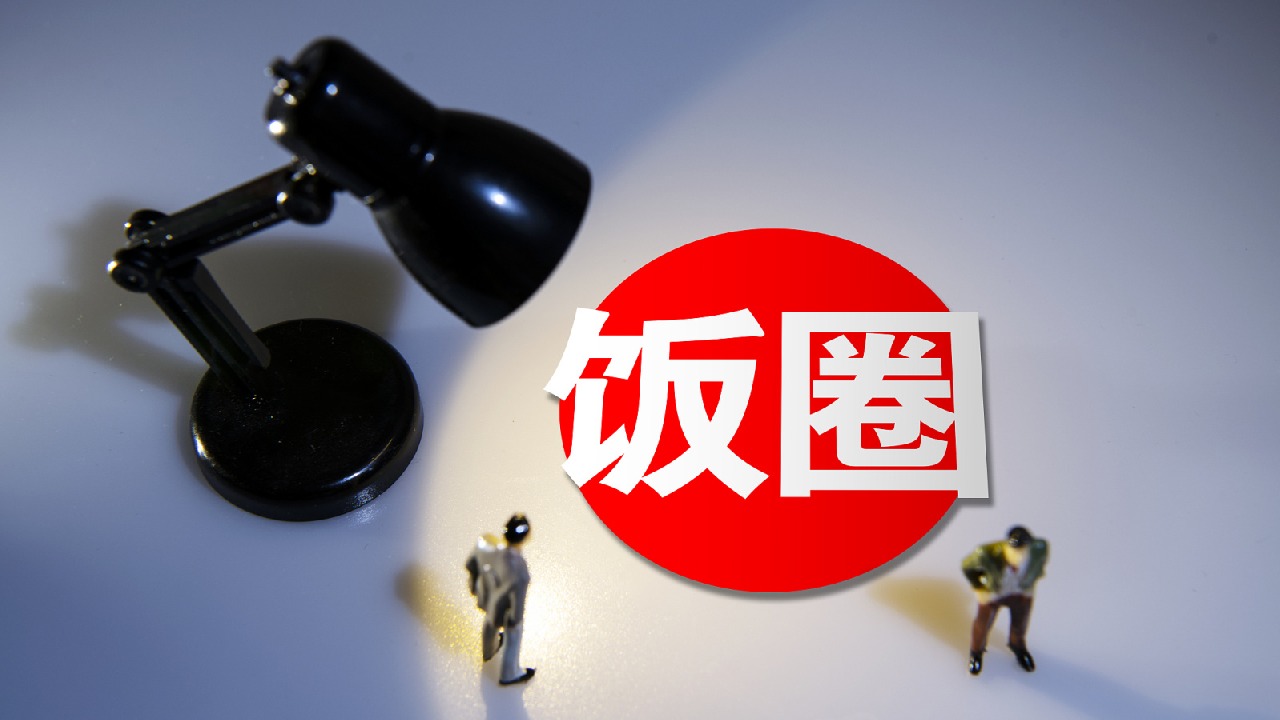
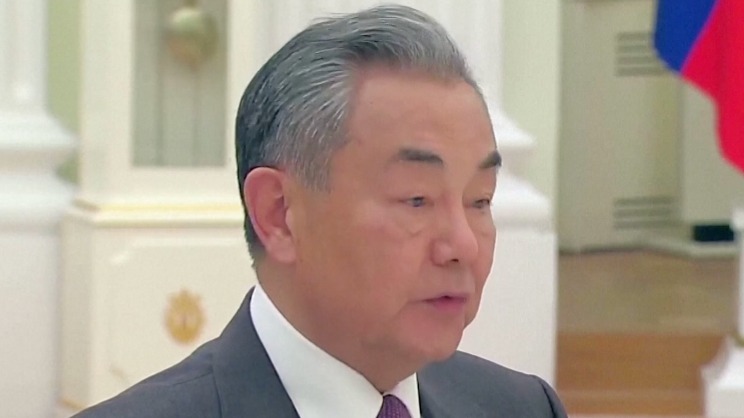
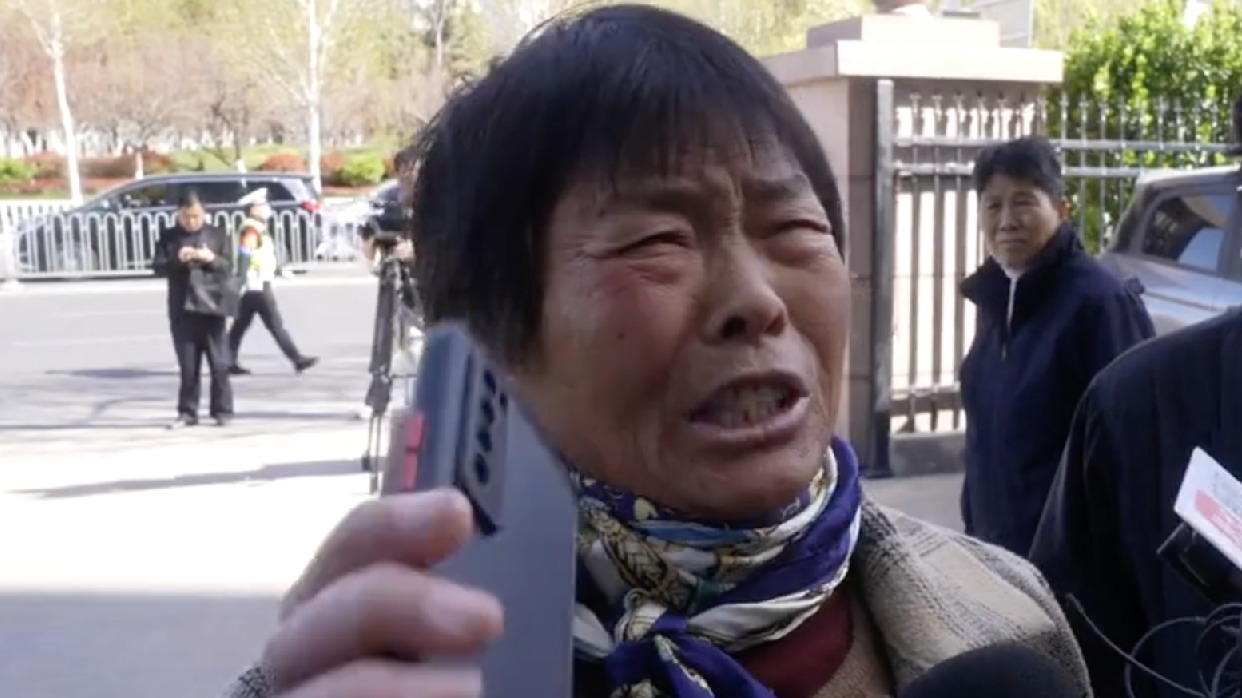

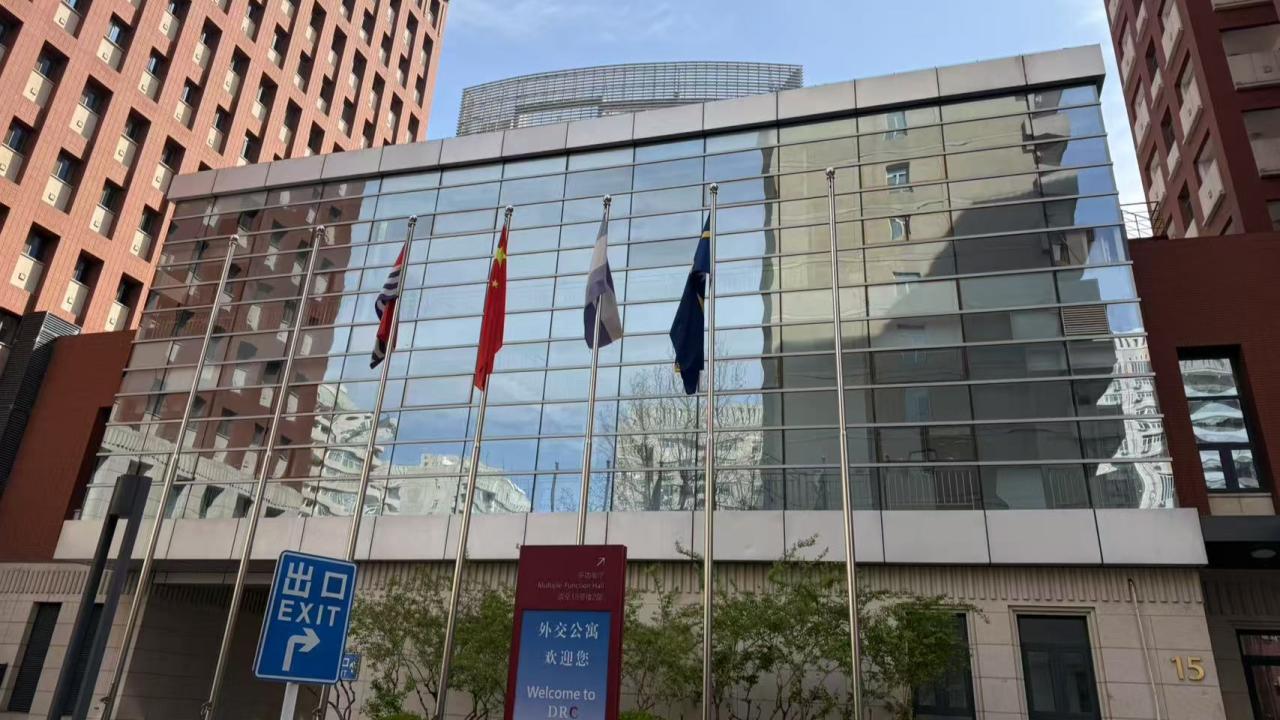


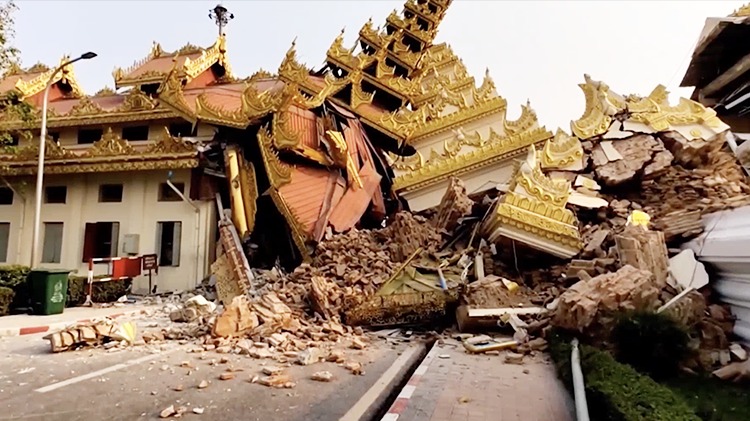

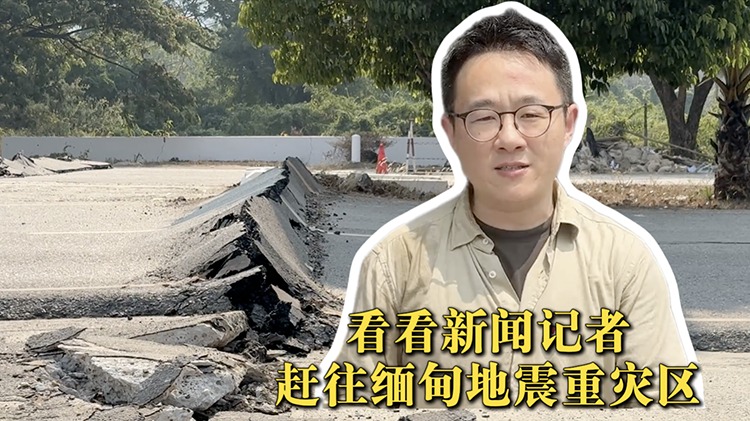
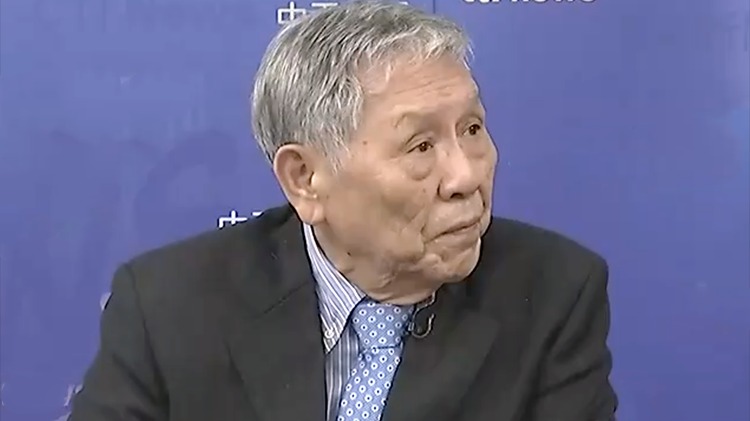


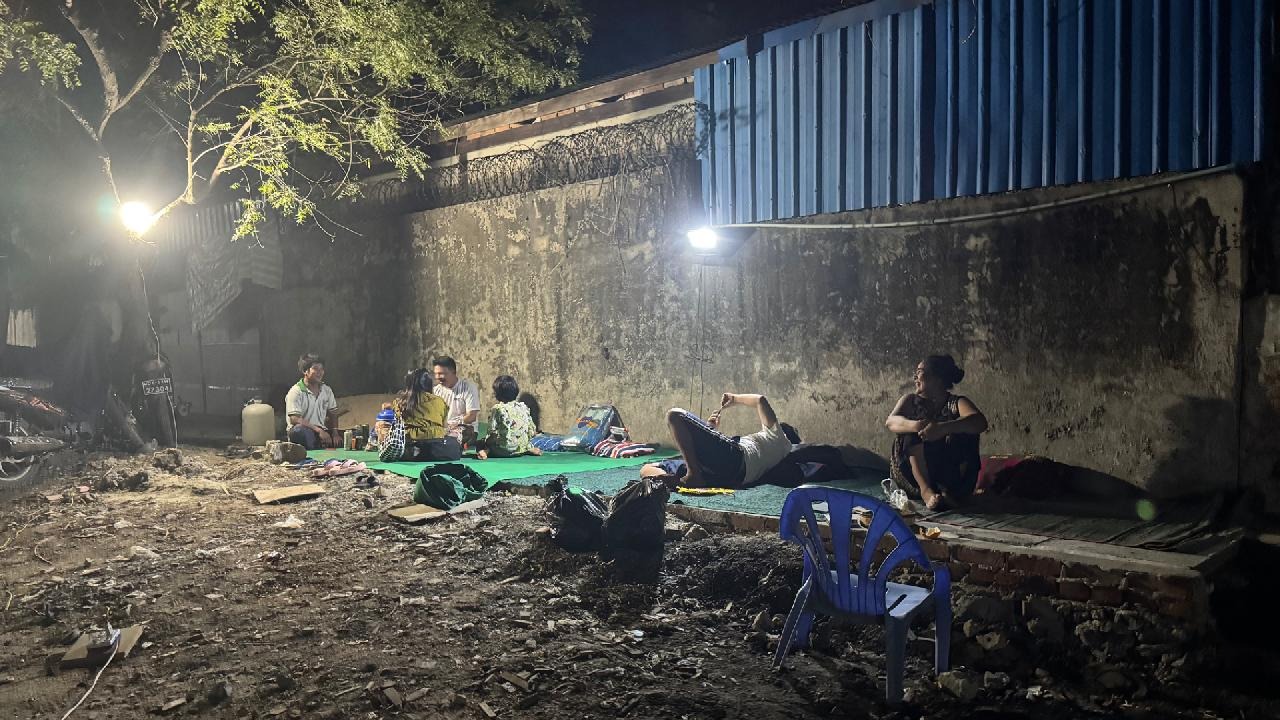





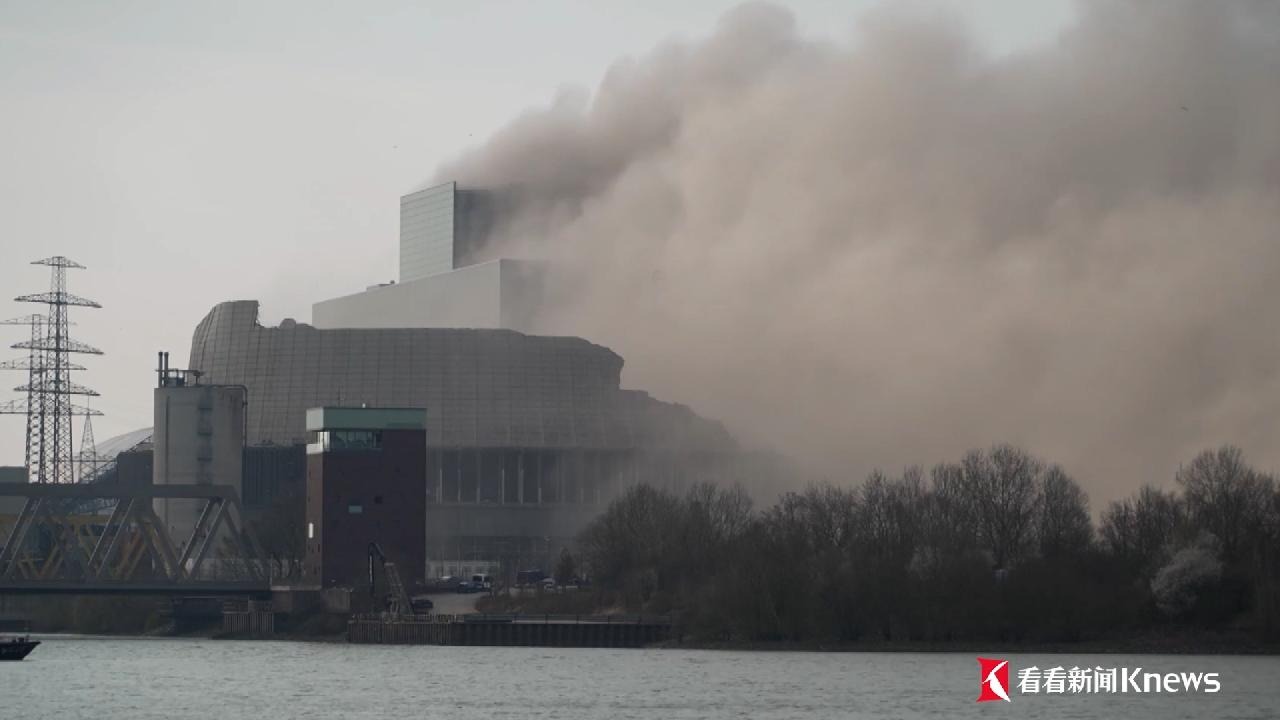


 沪公网安备 31010602001114号
沪公网安备 31010602001114号
全部评论
暂无评论,快来发表你的评论吧